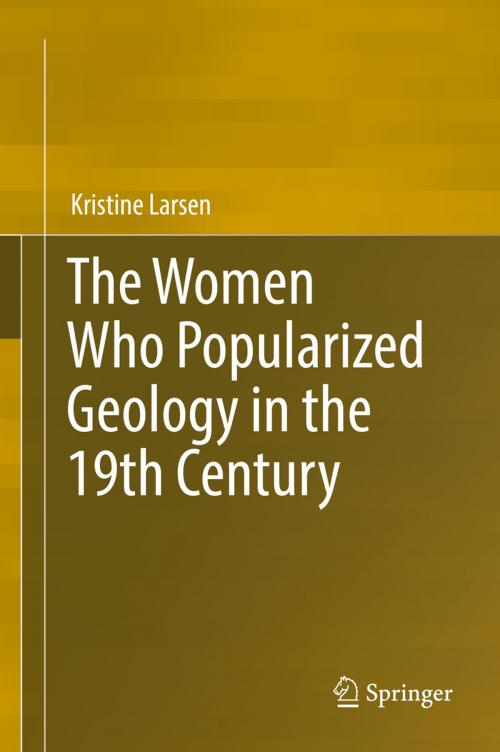The Women Who Popularized Geology in the 19th Century
Nonfiction, Science & Nature, Science, Other Sciences, History, Fiction & Literature, Literary Theory & Criticism| Author: | Kristine Larsen | ISBN: | 9783319649528 |
| Publisher: | Springer International Publishing | Publication: | October 12, 2017 |
| Imprint: | Springer | Language: | English |
| Author: | Kristine Larsen |
| ISBN: | 9783319649528 |
| Publisher: | Springer International Publishing |
| Publication: | October 12, 2017 |
| Imprint: | Springer |
| Language: | English |
The female authors highlighted in this monograph represent a special breed of science writer, women who not only synthesized the science of their day (often drawing upon their own direct experience in the laboratory, field, classroom, and/or public lecture hall), but used their works to simultaneously educate, entertain, and, in many cases, evangelize. Women played a central role in the popularization of science in the 19th century, as penning such works (written for an audience of other women and children) was considered proper "women's work." Many of these writers excelled in a particular literary technique known as the "familiar format," in which science is described in the form of a conversation between characters, especially women and children. However, the biological sciences were considered more “feminine” than the natural sciences (such as astronomy and physics), hence the number of geological “conversations” was limited. This, in turn, makes the few that were completed all the more crucial to analyze.
The female authors highlighted in this monograph represent a special breed of science writer, women who not only synthesized the science of their day (often drawing upon their own direct experience in the laboratory, field, classroom, and/or public lecture hall), but used their works to simultaneously educate, entertain, and, in many cases, evangelize. Women played a central role in the popularization of science in the 19th century, as penning such works (written for an audience of other women and children) was considered proper "women's work." Many of these writers excelled in a particular literary technique known as the "familiar format," in which science is described in the form of a conversation between characters, especially women and children. However, the biological sciences were considered more “feminine” than the natural sciences (such as astronomy and physics), hence the number of geological “conversations” was limited. This, in turn, makes the few that were completed all the more crucial to analyze.















